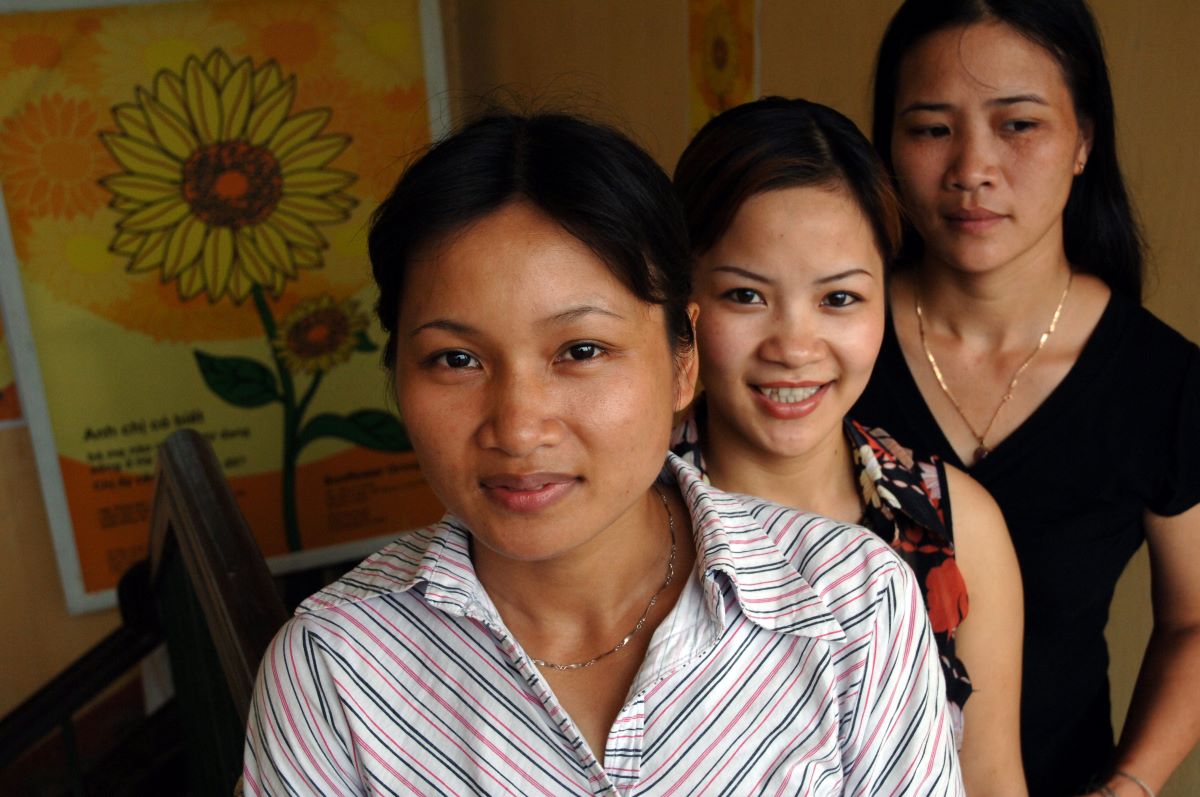Recruiting workforce from nine non-EU countries has been facilitated in Hungary
EnglishThe government recently permitted certified employers to recruit workers from nine non-EU countries for jobs in Hungary. How will recruitment be done in Vietnam? In what kind of jobs are the Mongols most effective? How much money is needed to make them take up a job at the other end of the world? We asked Ákos Jáhny, head of Get Work Trend Kft., a company providing temporary staffing services.
When the possibility of hiring workers from third countries is raised, it usually means that the situation is rather bad. Is this the case now?
The labour market situation is very serious. It may not be visible now at first glance, as the coronavirus epidemic has considerably disrupted supply chains causing a lot of downtime, but it was already clear in 2019 that the Hungarian labour market could not provide sufficient workforce and
as soon as the world returns to normality and factories restart at full capacity, there will again be very serious labour shortages.
How many people are missing from the job market?
If supply chain problems disappear by the end of 2022, if Daimler decides to launch its new plant, if BMW does bring its electric car production to Hungary and a few major state investment projects get started,
then the number of vacancies will quickly reach the two hundred thousand mark.
There have been complaints about the difficulty of recruiting from outside the EU; in the construction industry, however, there have been more and more Ukrainian workers in recent years…
Although it was possible to bring in labour from third countries, the conditions were really strict and it was a very long process. The law regulated which jobs could be filled in case of how serious shortages, what kind of registration was needed, and also what kind of work permits could be issued.
The rules were first relaxed in 2016, when the Hungarian labour market hit a bumpy ride for the first time and there was an urgent need to find unskilled workers for the construction, manufacturing and automotive industries.
People from Ukraine and Serbia were allowed to come without a visa, and the applicants were granted a work permit in a few days and they could start working right away. It was a successful scheme, and EU data shows that roughly 100,000 Ukrainians have taken this opportunity since then.
The size of the population of a small town…
It is still nothing compared to Poland, where nearly 500,000 Ukrainians went to work in 2020 alone. In addition, for many of those who came to Hungary it was only a transitory stage and after a while they moved on to western countries because of the higher wages.
As labour shortages had clearly started to worsen and the turnover rate of Ukrainian workers had also grown considerably, the relaxed employment rules were extended to citizens of another nine countries. After six months of negotiations, government decree no. 407/2021 (VII.8.) was issued at the beginning of July, specifying the rules for the employment of third country nationals in Hungary, and it came into force on 1 September.
The decree entitles the government’s strategic partners and certified employers to employ foreign nationals without the obligation of obtaining specific permits, albeit under very strict regulatory conditions.
What is needed to become a certified employer?
We need to be able to ensure that we operate prudently and have the right backstop, because after all we will be the employer of these workers and the Ministry of Foreign Affairs and the foreign missions will have to vouch for us.
Employment agencies undergoing the certification procedure must have a minimum of 500 employees, and roughly 20 companies meet this condition in the domestic market. They must also have a minimum of 50 million forints security deposit and need to pass the inspection of the Constitution Protection Office.
Get Work was among the first to be selected for the task.
What are the biggest pitfalls of this work?
First of all, people who come from far away can say what they want, so we need to check the applicants’ background: whether they have tried to enter through the green border before, or they have been expelled from the country already, and so on.
In terms of countries, we need to assess the cultural differences very thoroughly; how compatible newcomers will be with us, and we have to prepare them for the Hungarian culture, and also the workplaces for the culture of the new arrivals, from traditional eating and dressing customs to the possible differences in religion.
Which are the nine new countries and in which do you see the most potential?
All nine countries seem to be promising. Considering the needs of the Hungarian private sector, we believe that Mongolia, Vietnam, the Philippines and Indonesia will be the right direction.
Here in Europe, Belarus, Kazakhstan, North Macedonia, Bosnia and Herzegovina and Montenegro are also potential targets. These countries were included in the list because of potential state investment projects, but they certainly do not have the largest free labour force in the world, as opposed to Indonesia for example, which has a population of 270 million, or Vietnam and the Philippines with 100 million, from where a larger number of workers are expected to come.

What kind of jobs are you planning to fill in with imported workers?
It is primarily physical work, unskilled labour in particular, that our partners need workers for the most.
How are you going to do the recruitment? Are you going to open an office in Vietnam?
There are several scenarios. We can work with local recruitment companies that have a better understanding of their own country’s labour market and can help us with the recruitment and set the specific selection criteria.
When we have found 150 or 200 applicants, an expert will do interviews in person or via video call, will get the applicant to do a test weld for example, and if the documents are okay, prospective employees can set off immediately.
How much money has to be offered in these countries to make people travel to the other end of the world to work?
We are currently recruiting workers for unskilled jobs offering a net salary of 200-300 thousand forints, plus free accommodation, meals and other fringe benefits.
Does Get Work also arrange accommodation and meals for them?
We provide accommodation and we also organize integration programs, such as native interpreters to help workers get settled. We pay for meals when there is no canteen available in the workplace.
How long does a typical foreign worker stay in Hungary?
The residence permit they get is valid for two years. When we sign a pre-contract or contract with them, they have to commit themselves for that period of time. Of course the contract can be renewed before it expires, but during the 2 year period workers can also change their mind and leave the job or even the country.
Do they bring their family or do they come alone?
Experience so far has shown that they try the new place first, and only start working on getting the family together later. The Mongols, for example, typically give up their entire life at home when they move. They are mostly middle-aged or young couples who do not have children yet, or single people.
In your experience, do the Mongols do a good job?
Yes. It is very important that we look at the degree of maturity of every nation, how industrialized they are and what sectors are the most important there.
The Mongols are perfect for logistics tasks, they also do a good job in the meat industry, and many of them bring their experience from home.
Workers from Southeast Asia, where the automotive and electronics industries are very strong, Vietnam, Indonesia or the Philippines, workers will quickly find their place in the car manufacturing or mechanical and heavy industries.

At a roundtable discussion, you recently brought up the point whether the employment of the Roma population could be a competitor to hiring third country nationals. Did you come to any conclusion?
In the long run - I mean in 15-20 years’ time - the employment of the Roma can be an alternative. It would certainly be a more cost-effective solution, but now that newer and newer needs emerge in the job market almost every day, unfortunately it doesn’t work.
But if it was successful, labour shortages could be forgotten for a long time...
Demographic data clearly show that Gypsies have now entered a phase of demographic transition. In theory, this predicts a further increase in the Roma population, estimated to reach 1.6 million by 2050.
This is why their successful integration into the world of work comes up more and more frequently among recruitment professionals. Today, there are roughly 800,000 Roma in Hungary; however, many of them live in Roma colonies. Social integration must take place first and only after that can they enter the labour market.
To what extent are companies ready for the employment of the Roma?
It would be good if at least large and medium-sized companies could understand a little better that they have some responsibility in this.
They have a number of tools to help the Roma get settled in the world of work, from creating the right working conditions to financing their studies, or simply involving them in everyday life and trying to prevent them from being stuck at the bottom of the career ladder.
This would be more helpful than favouring trendy topics like flying the rainbow flag.
